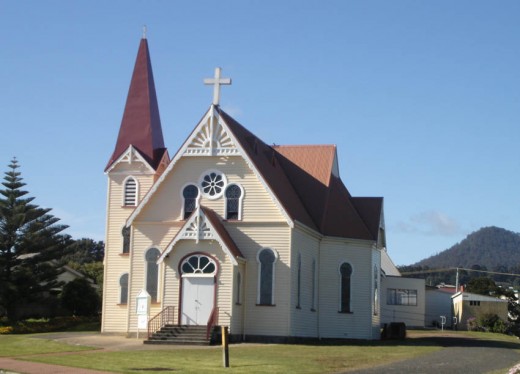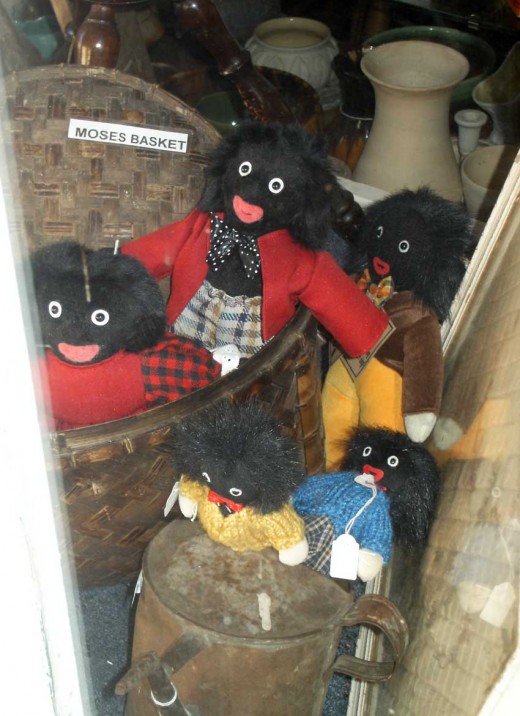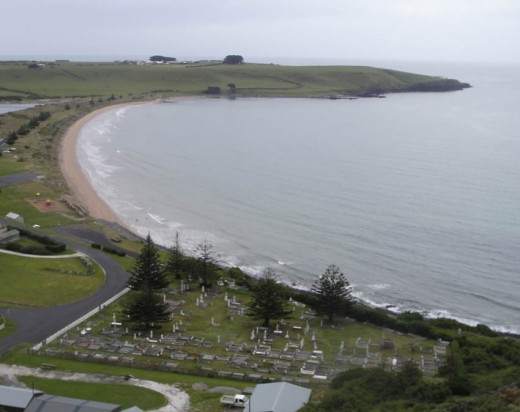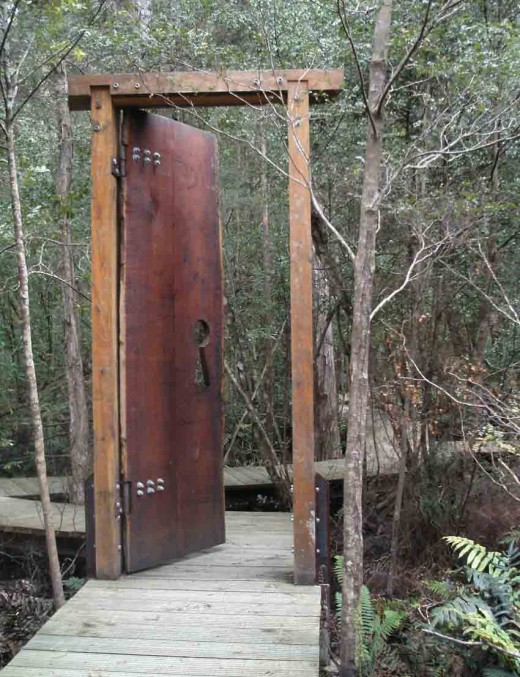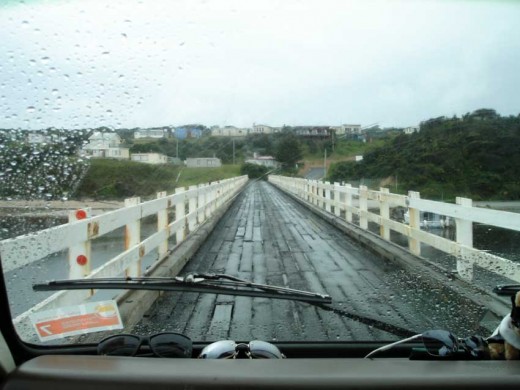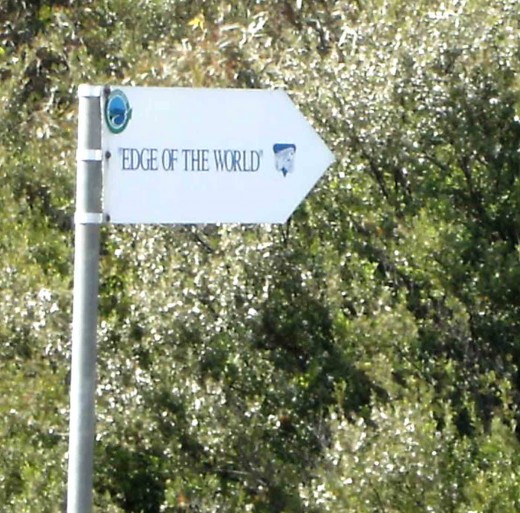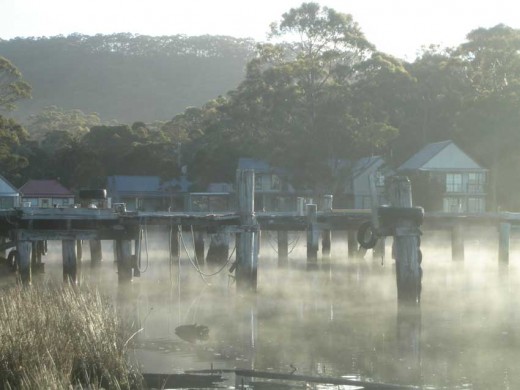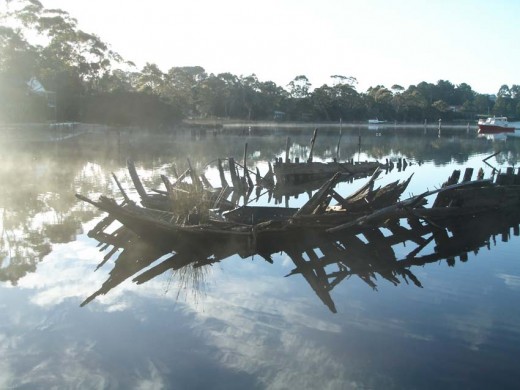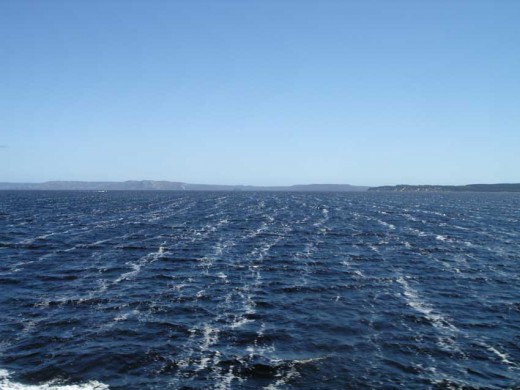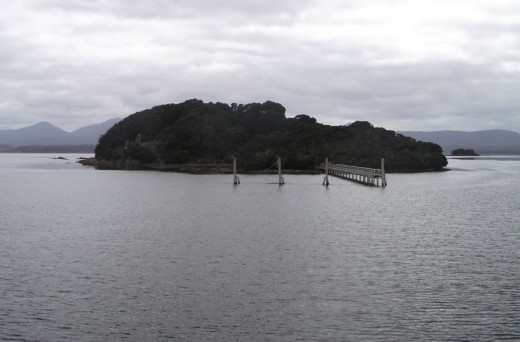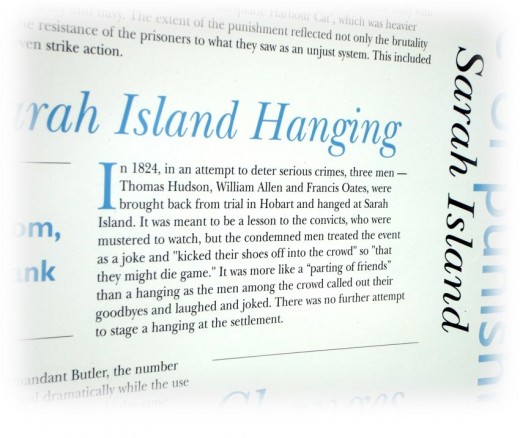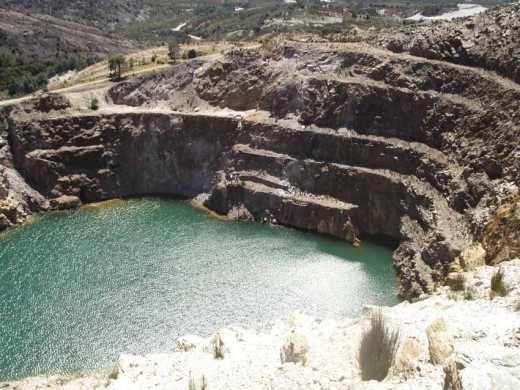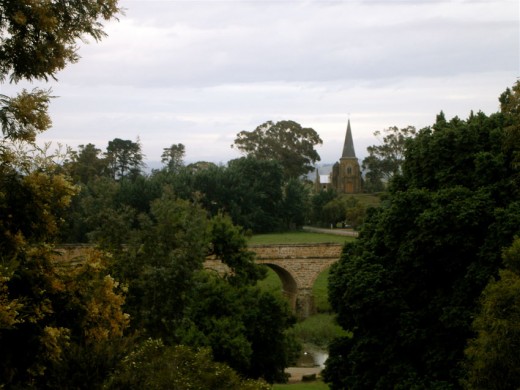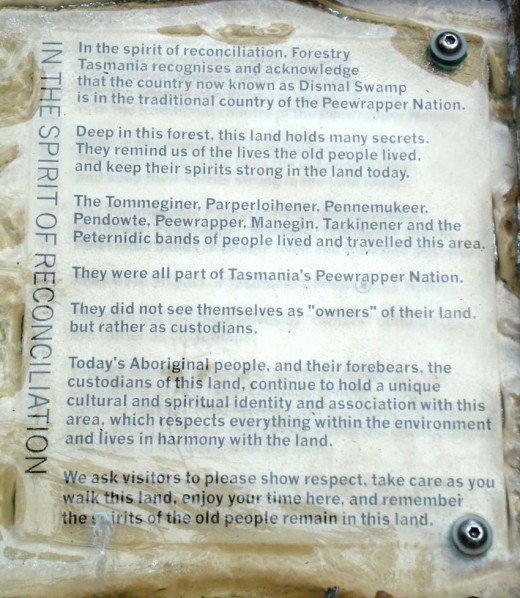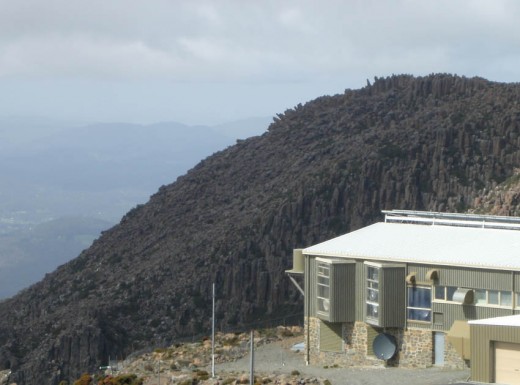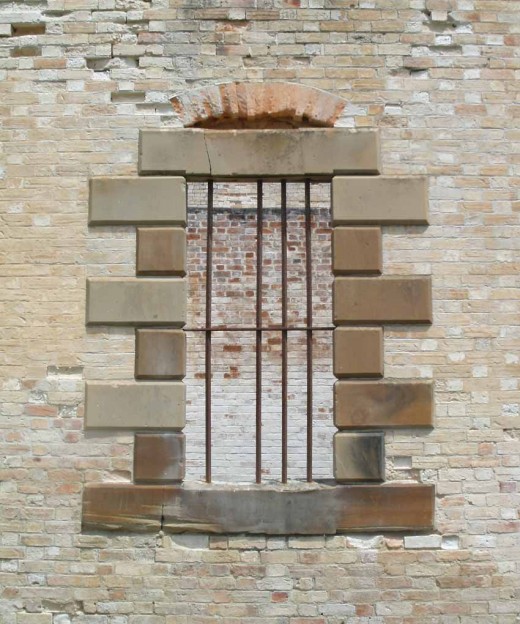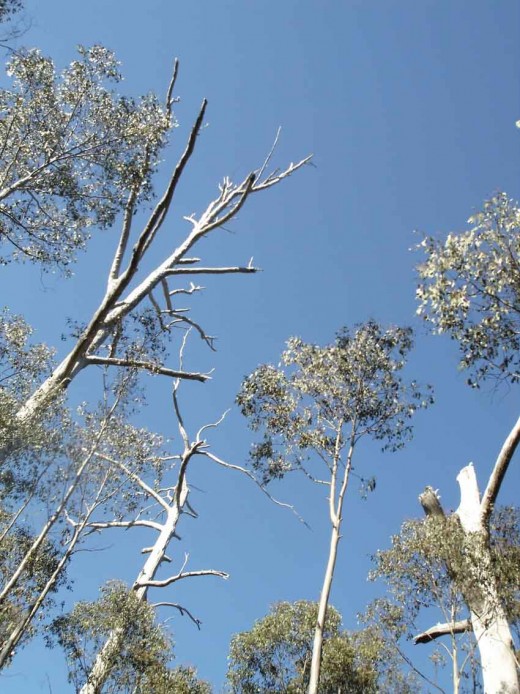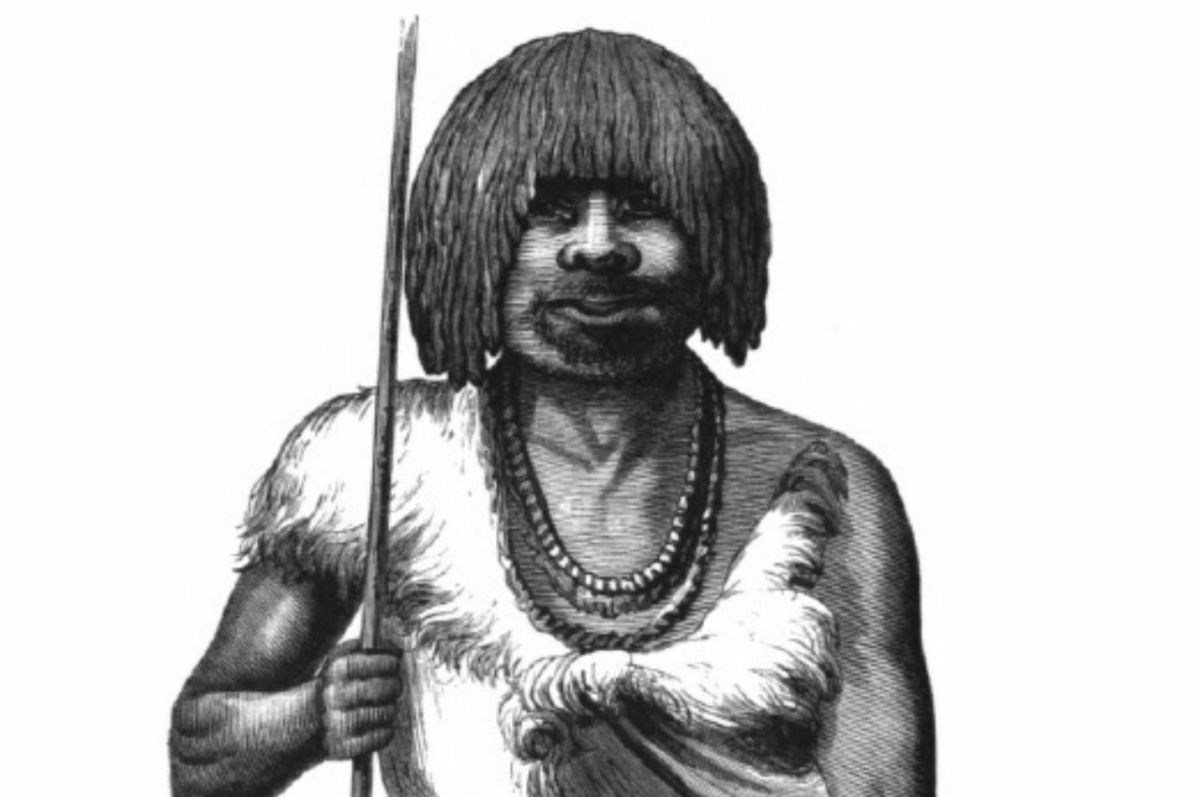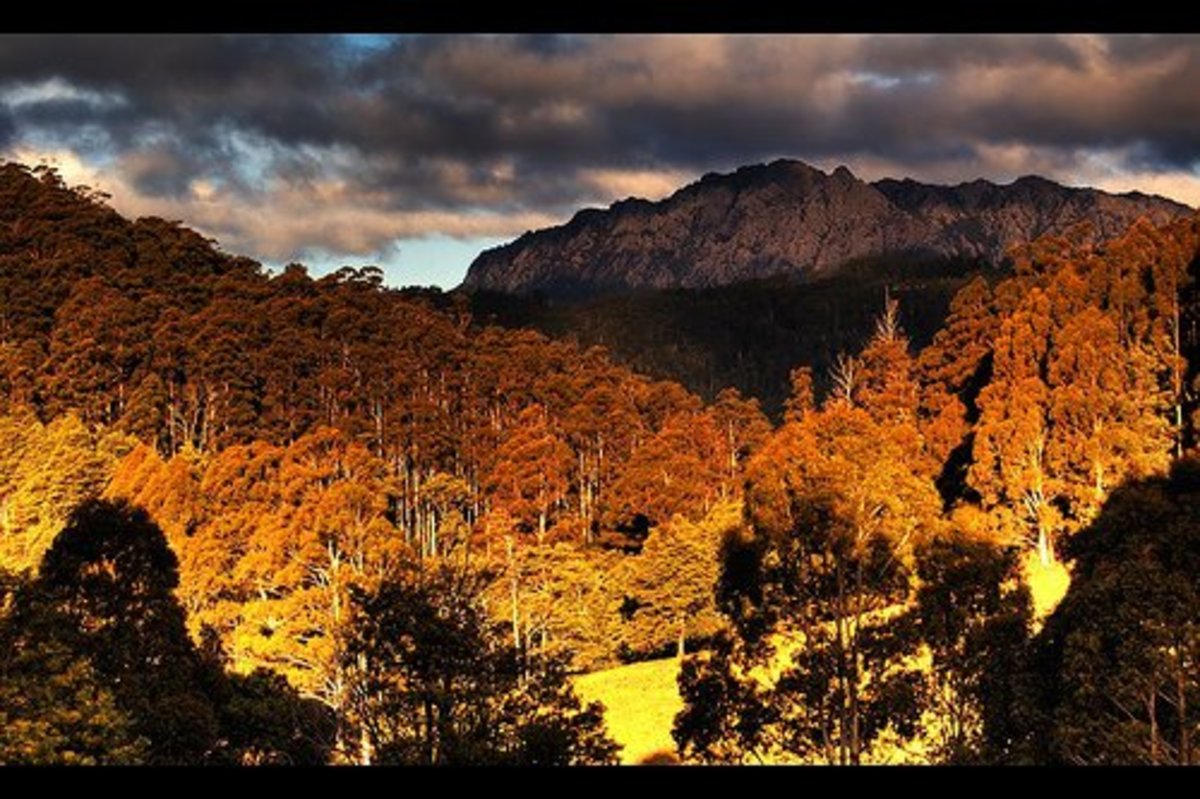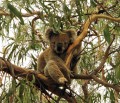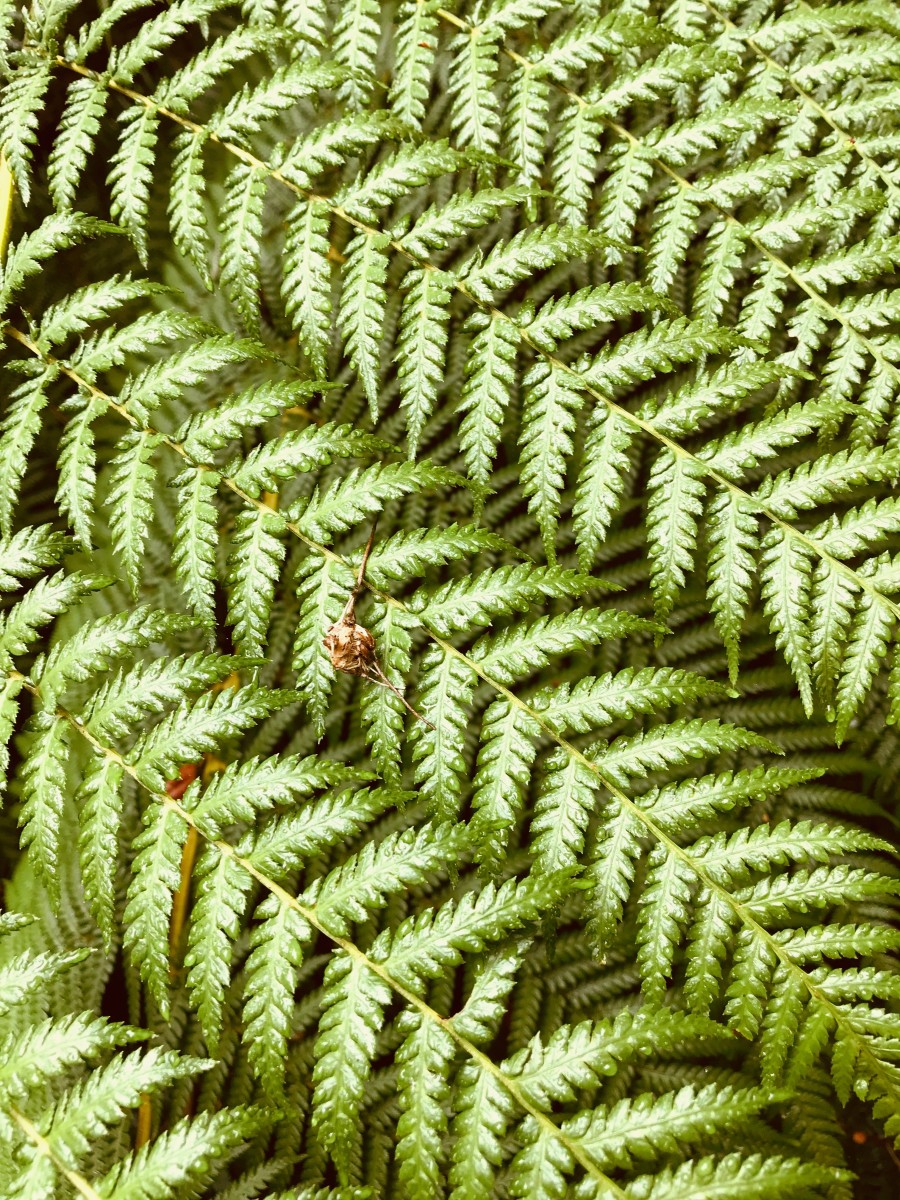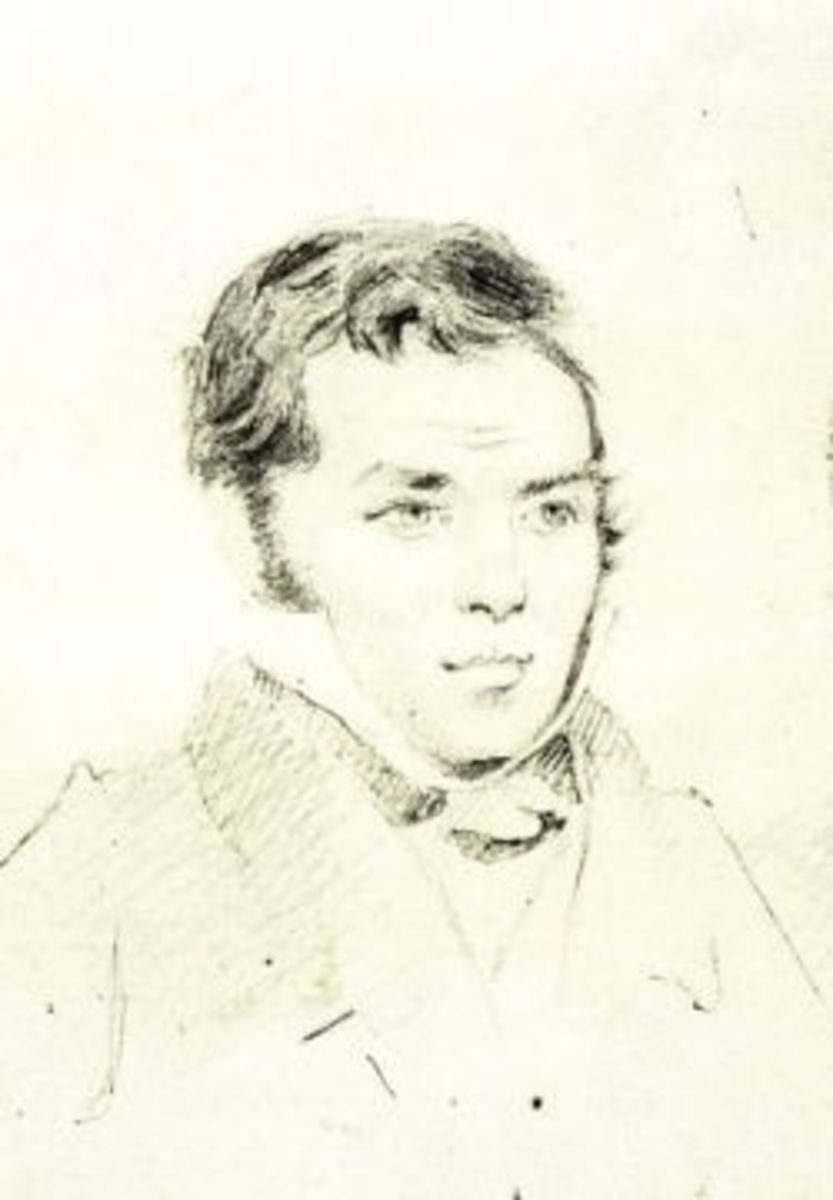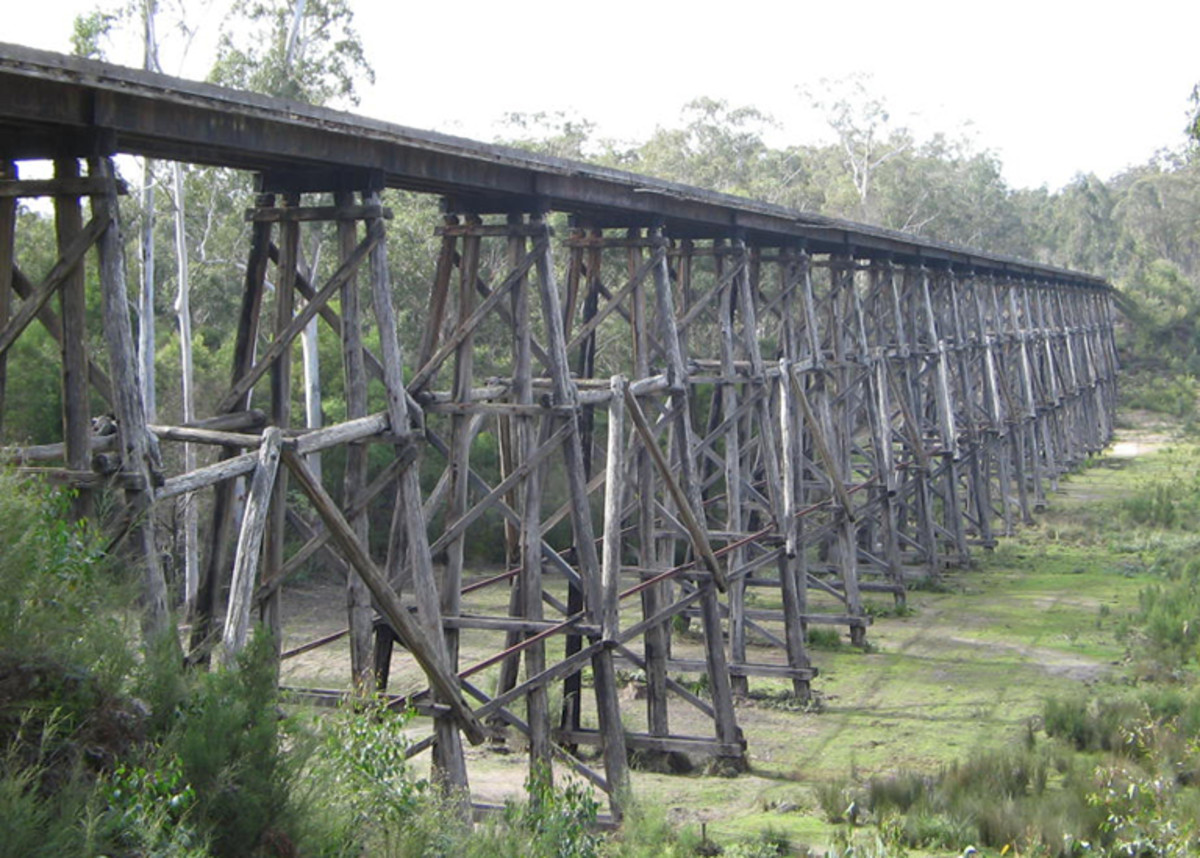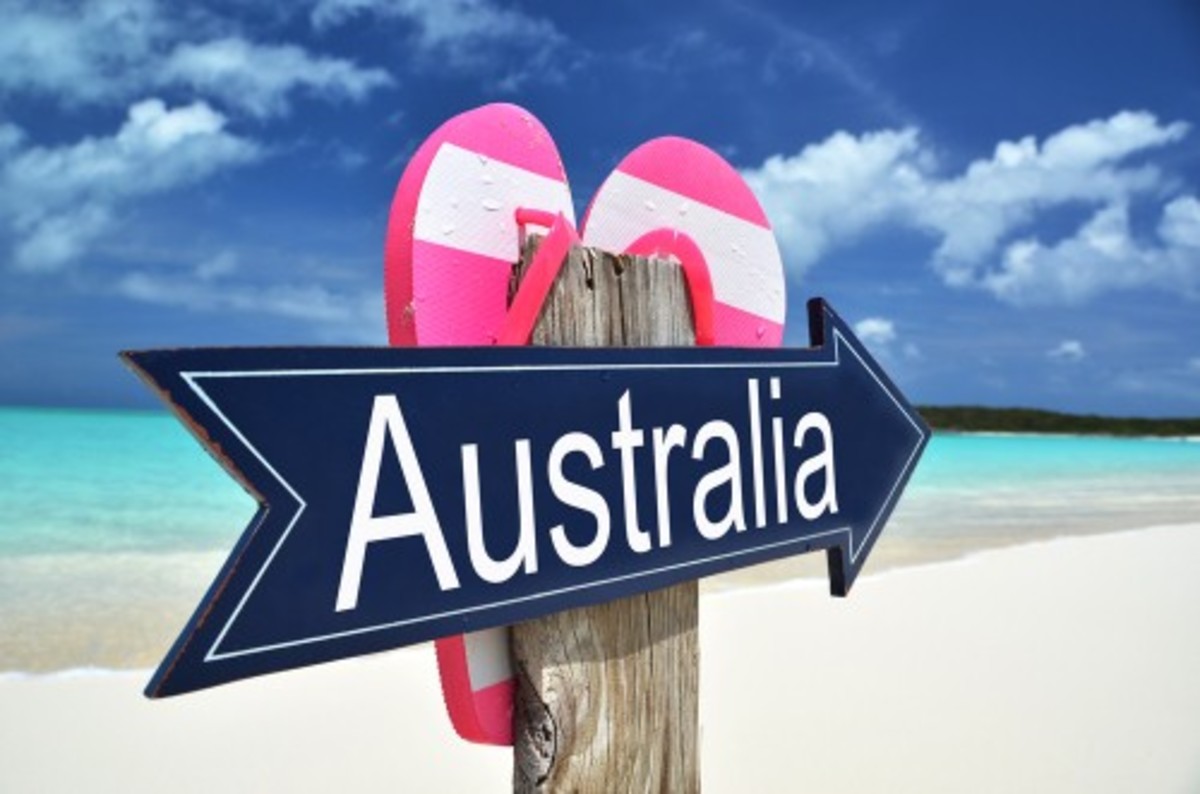- HubPages»
- Travel and Places»
- Visiting Australia & Oceania»
- Australasia
9 Australian Road Trip: Tasmania - Demon's Land
Ghostly ferry
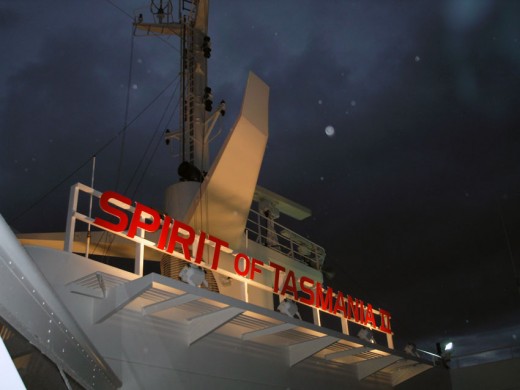
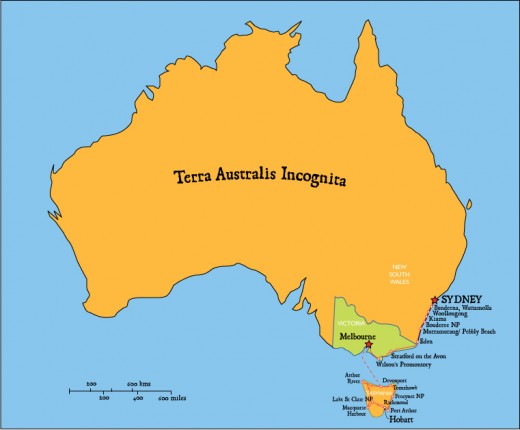
Dark Hearts and Purple Harbours
Tasmania is an island the size of Ireland, tucked underneath the world’s biggest island. Its size, rugged terrain, isolation and small population leave it open to the sort of jokes and disparaging comments usually applied to Kentucky hillbillies. Yet Tassie’s claims to fame are considerable. It is the second oldest white settlement in Australia; it contains one of the world’s great wilderness areas; is home to some of the most ancient animal species alive and it possesses the most sublime scenery.
But what really strikes me about Tasmania is its 'Black Heart'. There is a tangible sense of something dark here. Not amongst its friendly people or its very livable, vibrant capital, but in a deeper sense - both historically and spiritually. The idea that bad events can leave an indelible stain on a place is debatable, but I really sense it here, in this mysterious island outpost at the bottom of Oz.
To understand the ruthless and exploitative nature of white European colonialism look no further than Tasmania. It has witnessed the genocide of its native people, the man-made extinction of some of its most unique native animals, (notably the Thylacine or Tasmanian Tiger) and it has endured the near destruction of its forests and landscape for their material wealth.
It is the original home of some of the most fearsome penal colonies in the British Empire and was the scene of one the worst peacetime mass murders in the modern western world. Because of this, and despite its velvet green pastures, white sandy beaches and turquoise sea, its majestic forests, towering mountains and temperate climate, it has the power to send a chill up your spine at every turn. In the mists that hang in the valleys, on the jagged mountaintops or over the broad black-water bays, there is a dark spirit in this land that speaks of mankind’s inhumanity to his fellow man and to his environment.
Fortunately there is redemption too. The reconciliation with the descendants of the original native people has finally taken place and in the many National Parks there are direct references to the stewardship that this lost race has over the island. The 'green battles' of the seventies, where environmentalists fought against the power companies, the logging industry and the State Government to save the Franklin and Gordon rivers put Tasmania at the forefront of the world’s environmental movement for a time.
And the “Convict Stain” that inhibited much of Australian society up until the mid 20th century has been embraced, and exploited by the tourist industry.
To me, Tasmania feels more European than anywhere else in Australia. In particular, the comparison with Ireland is closer than in just area. The green, grassy hills of the north remind me of the land around Waterford, the mountains are like those of County Kerry, the rugged coastline is Donegal, and that dark, brutal history is reflected in the famines and violence that has wracked the Emerald isle. Maybe I am stretching the comparison, but I sense it nevertheless.
Map of Tasmania
Tasmania - a spectacularly rugged and beautiful island at the bottom of the world with a recent human history that is both dark and violent.
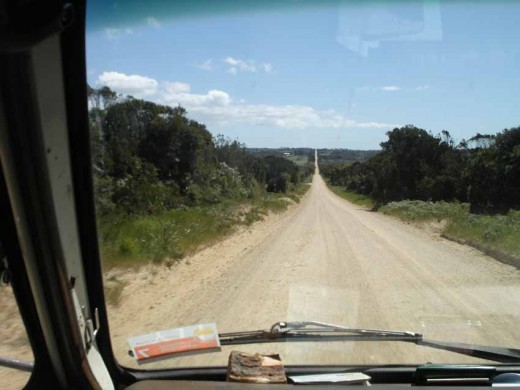
On the road...
We travel around for ten days, experiencing all kinds of weather and getting ourselves into places we sometimes think we won’t get out of. We cover long, lonely miles over winding mountain roads, through thick forests, past abandoned mining towns and down dusty gravel tracks. We seek out places with evocative names such as Dismal Swamp and The Edge of the World and we almost run over a Tasmanian devil.
We visit the infamous penal settlement at Sarah Island, floating like a spectre on the dark purple waters of vast Macquarie Harbour. The water of the harbour is truly purple, stained by the dye of button grass that has leeched through the soil and into the two mighty rivers that flow into it.
The Franklin and Gordon Rivers are legendary places in the history of Tasmania, and Australia. They are part of one of the world’s great wilderness areas, and synonymous with the battle between conservation and exploitation of natural resources. Just the names, Franklin River and Gordon River, send shivers down my spine when I think of the strange history tied up with them - escaped convicts turned cannibal through hopeless desperation, lost tribes of aboriginals, conservationists and confrontations. It is the stuff of legends, and I feel over-awed being here.
We pass through the desolate, strip-mined lunar landscape of Queenstown and camp amongst haunted gum trees in the distant shadow of jagged Cradle Mountain.
Hobart is reminiscent of an alternative, Old Sydney Town, with a huge harbour and a historic dockland of sandstone Georgian warehouses. Mount Wellington looms above the city. The road up to the top is hair-raising but the views are sublime, the air frigid, and you can almost hear mournful requims echoing off the awesome rock formations they call the Organ Pipes.
The remains of Port Arthur Penal Settlement are arguably Australia’s most famous ruins. It is a haunting Gothic prison complex, beautifully constructed out of golden sandstone - used, abused and finally abandoned as a Bad Place, until resurrected as a tourist destination. But Port Arthur has been unable to shake its dark ghosts. The ‘Event’ that occurred there in 1996 is not to be mentioned on the site, out of respect for both the victims and the survivors, many of whom still work there; but the sad remains of the Broken Arrow Café have been preserved as a poignant monument to the many victims of the massacre.
The Darkness of Tasmania is not my invention. There really is something about this island...
Another good Novel about Tassie and it's colonial past
Alternatively, you can read the next instalment of our journey...
- 10 Australian Road Trip: Tasmanian Tomahawk
The intrepid travellers manage to scare themselves at a remote and typically Tasmanian place called Tomahawk... it's another road movie moment.
Further Reading...
"The Fatal Shore" by Robert Hughes is a fascinating and visceral account of the foundation of Australia, the convict settlement. The chapters devoted to Tasmanian history influenced my first impressions of the place and clarifyied the experience for me.
"Gould's Book of Fish" by Richard Flanagan is a seminal novel set primarily on the remote prison colony of Sarah Island at Macquarie Harbour.
More about The convict history of Australia
Spirit of Tasmania
